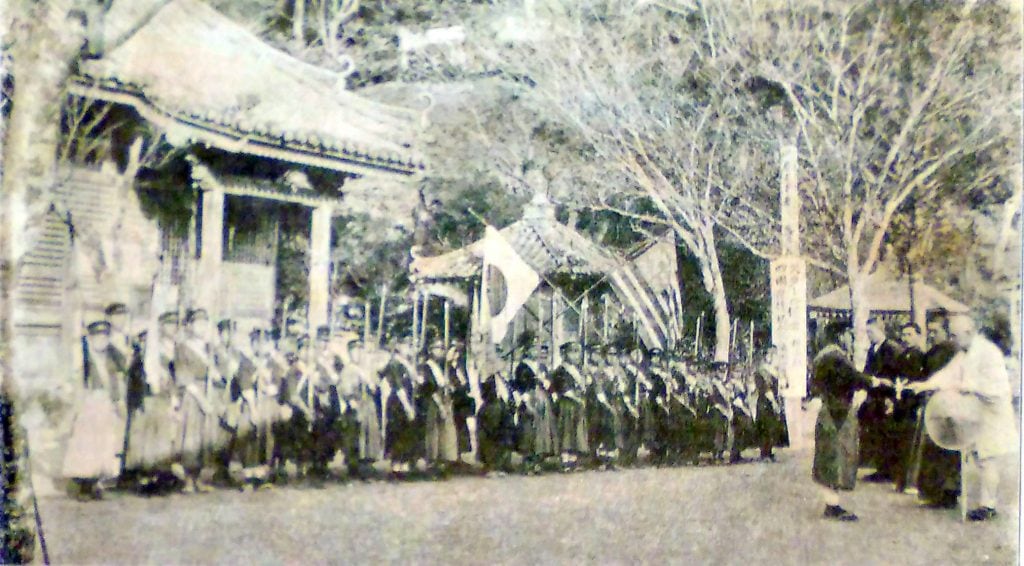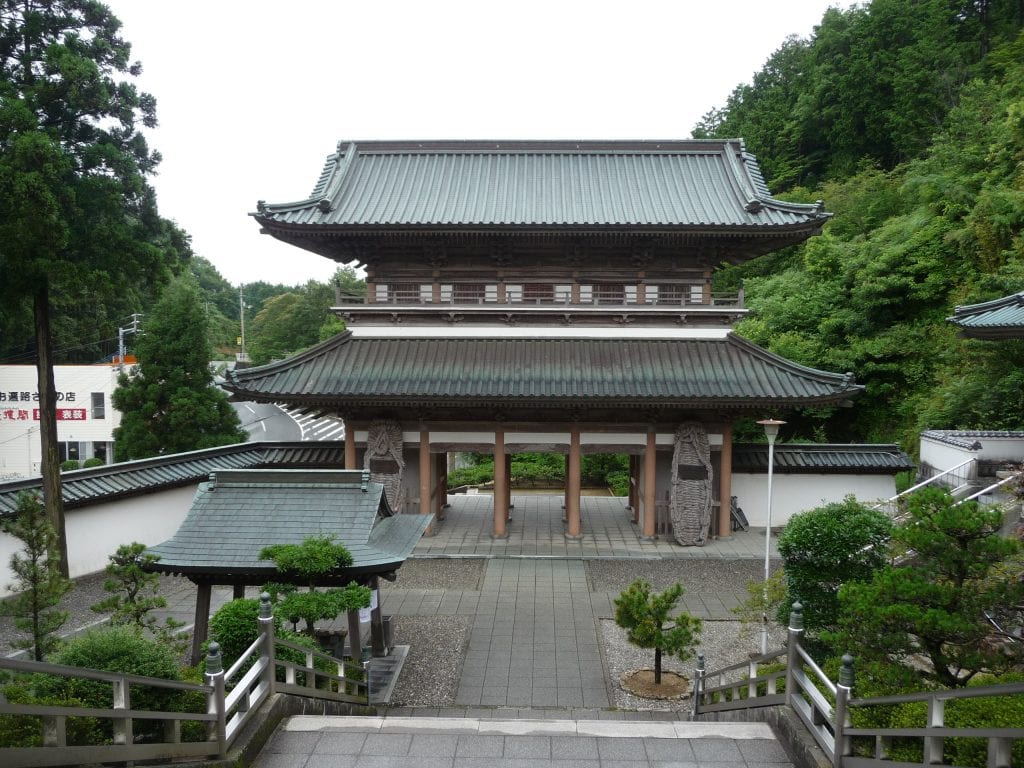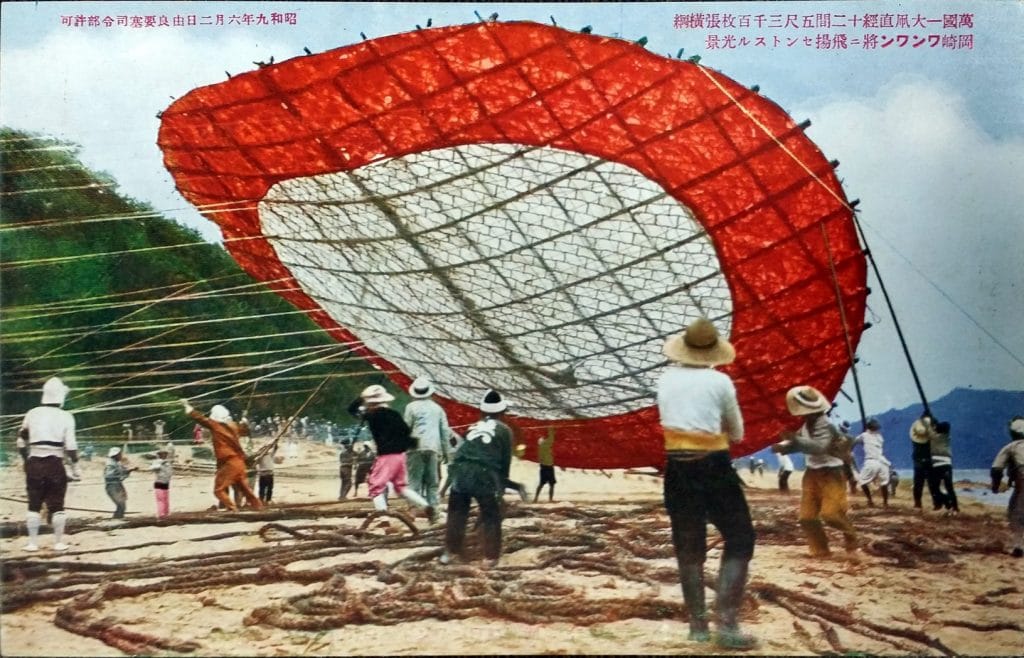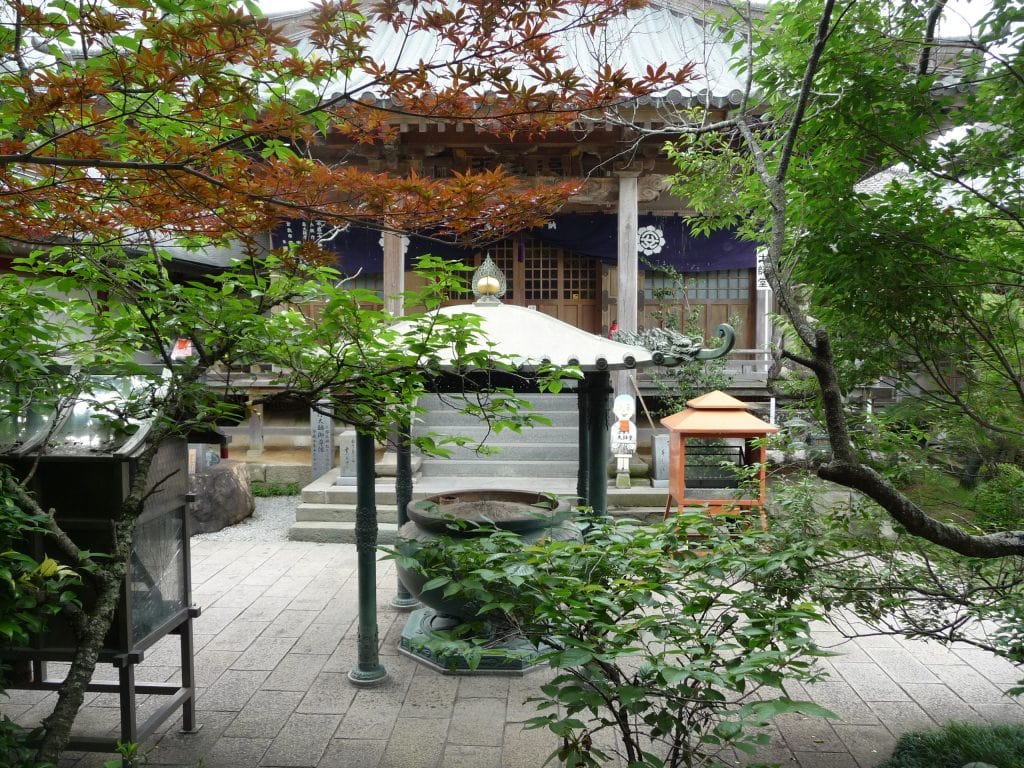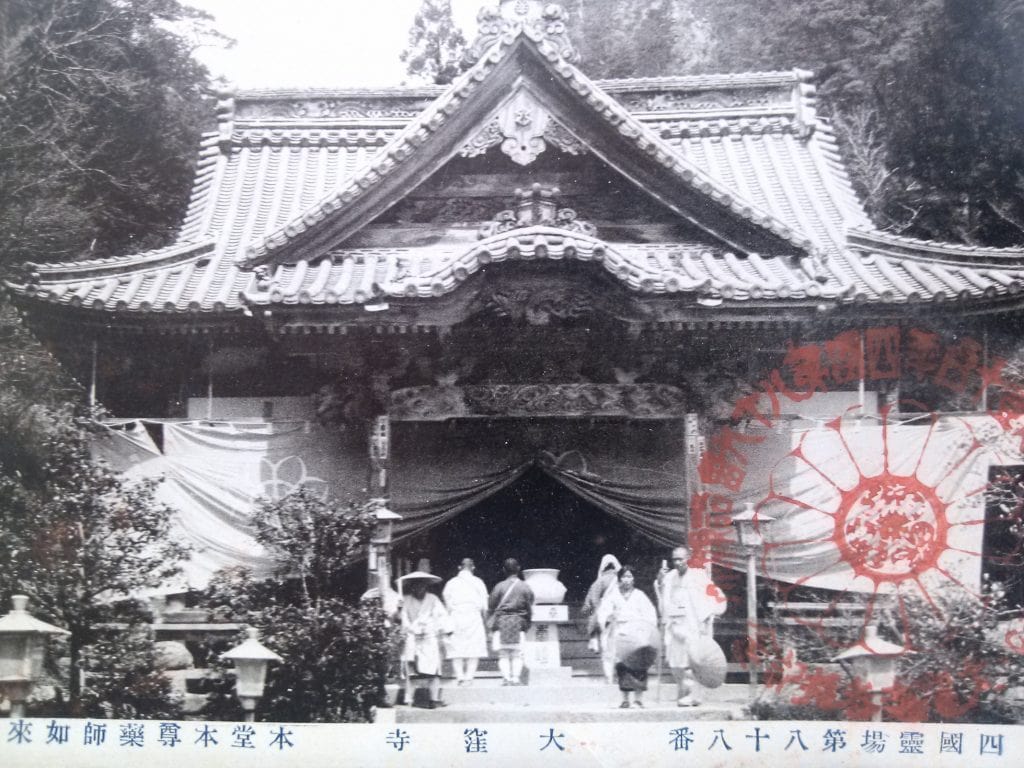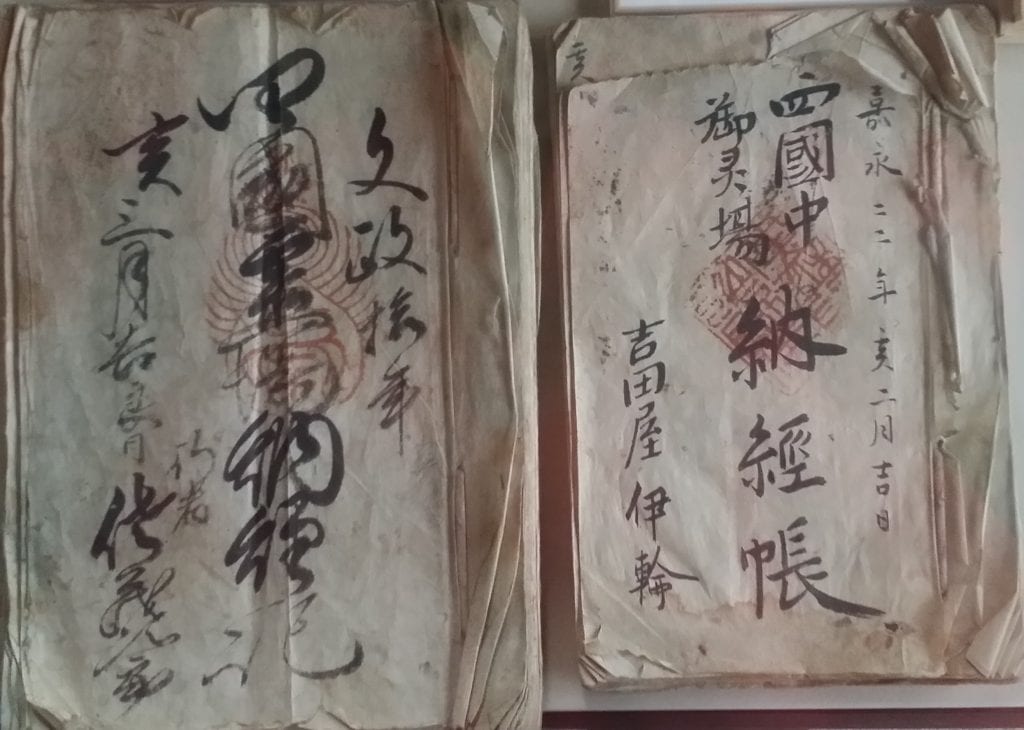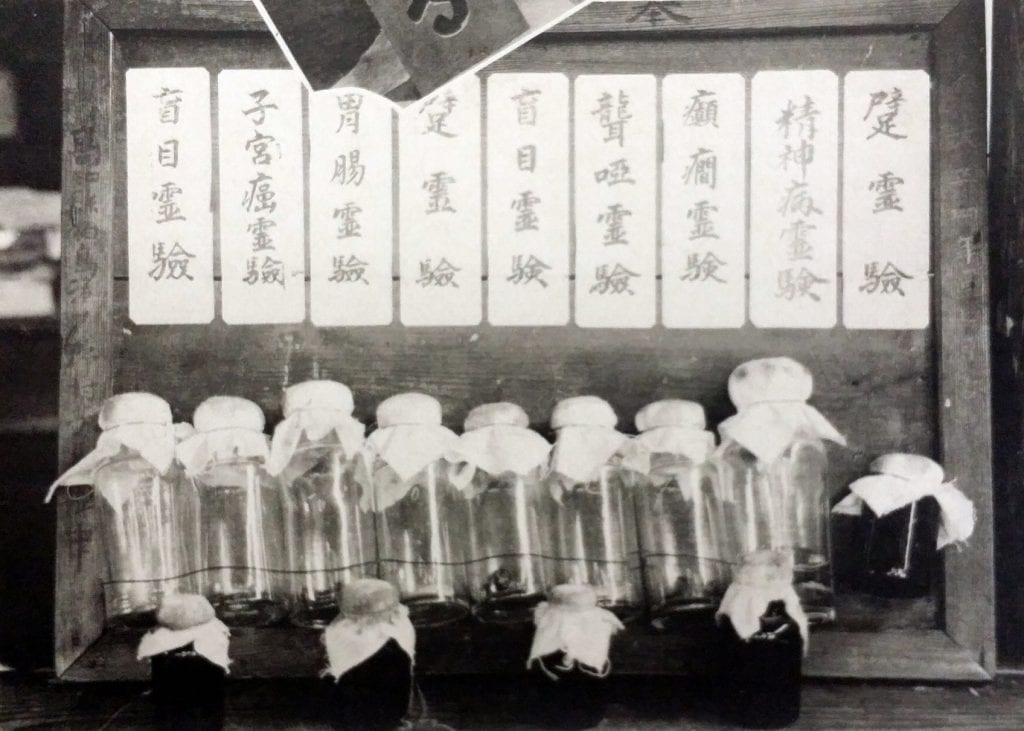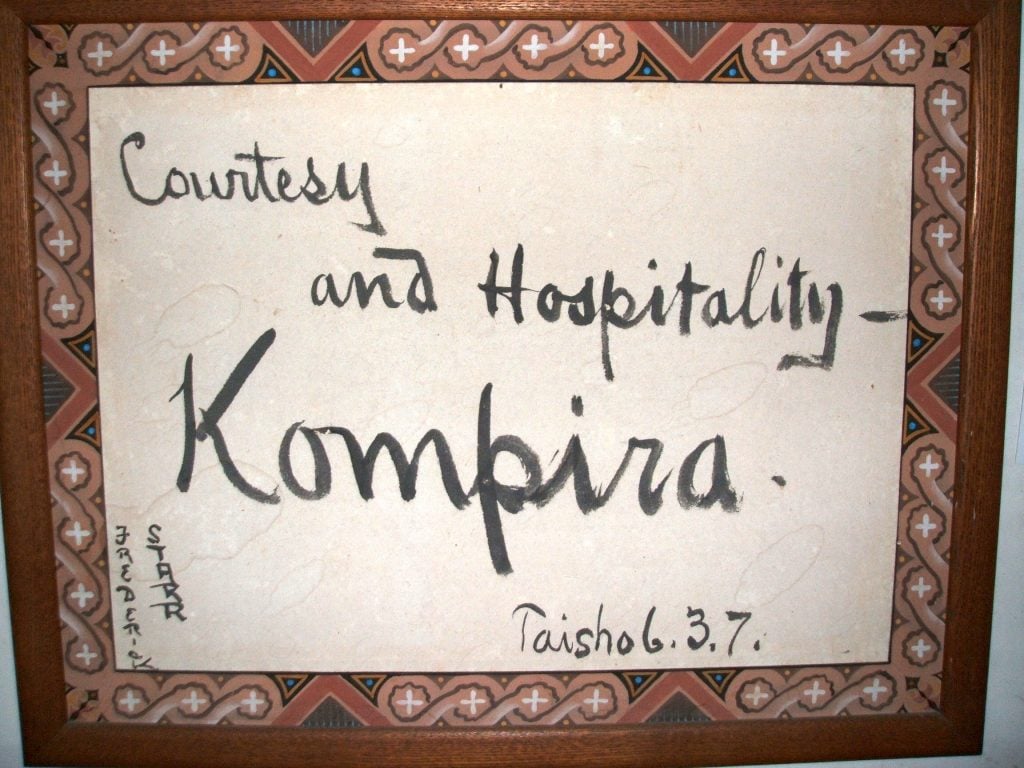About an hour’s drive south of Tokushima train station in the village of Aratano is Temple no. 22 of the Shikoku pilgrimage route, Byōdō-ji – the temple of equality. If you stop at the main gate, the Daishi hall (Daishidō) is in front of you on your left, the temple office and other buildings are on your right, and the main hall (hondō) is located at the top of many stairs in front of you.
